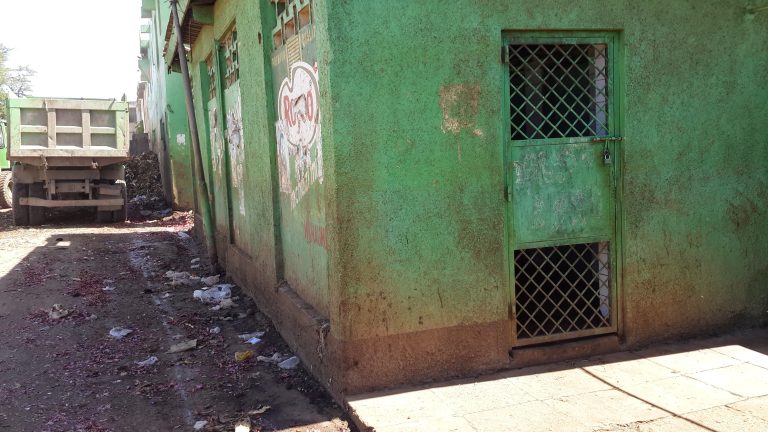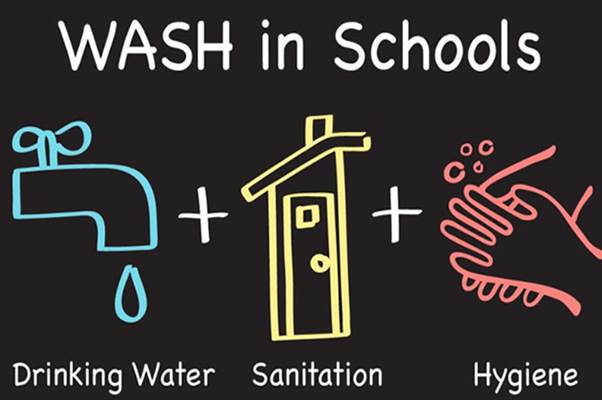Water scarcity is a profound and growing challenge in Kenya’s arid and semi-arid lands (ASAL). The issue affects millions of people, particularly in areas prone to extreme drought and insufficient infrastructure. ASAL regions cover about 89% of Kenya’s landmass and are home to approximately 38% of the population. These areas experience harsh climatic conditions, with minimal rainfall, which exacerbates the water crisis.
In this article, we will explore the causes of water scarcity in Kenya’s ASAL regions, the social and economic implications, and ongoing efforts to combat this crisis. We will also highlight solutions being implemented by organizations like Maji na Ufanisi (MnU) to ensure sustainable access to water in these areas.
A Detailed Explanation of Water Scarcity in Kenya’s ASAL Regions
The Geography and Climate of Kenya’s ASAL Regions
Kenya’s ASAL regions consist of areas such as Turkana, Marsabit, Wajir, and Garissa counties. These regions are characterized by extreme weather patterns, including prolonged droughts and occasional floods. Annual rainfall in ASAL regions often falls below 500 mm, with some areas receiving as little as 200 mm, compared to the national average of 630 mm.
The arid nature of the land makes it difficult to support traditional farming, leading to a reliance on livestock herding, which is heavily dependent on water availability. This makes drought a critical factor influencing the livelihoods of the local populations.
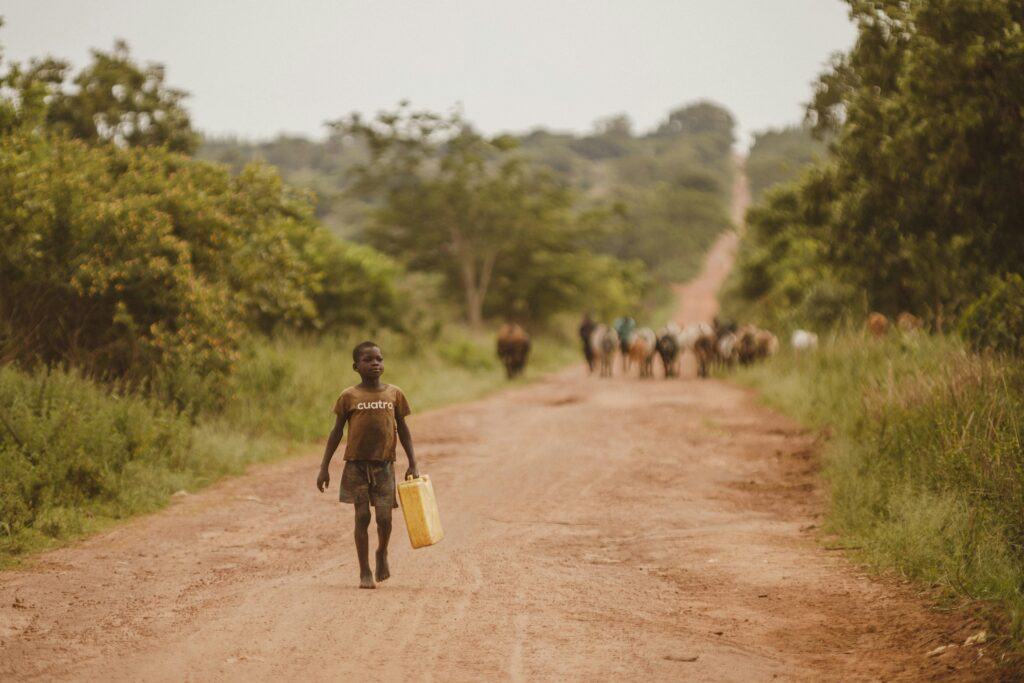
Population Growth and Increased Demand
Over the past few decades, Kenya’s population has grown rapidly, resulting in increased water demand. The pressure to supply water to both urban and rural populations has heightened, stretching already scarce resources in ASAL areas. As urban areas grow and agricultural needs increase, the strain on existing water sources has intensified, causing conflicts over access and usage.
Climate Change and its Impact
Climate change is worsening the water crisis in ASAL regions. The increasing frequency and intensity of droughts have reduced the availability of water in rivers, lakes, and aquifers, which are the primary water sources in these regions. Erratic rainfall patterns disrupt traditional water collection methods, and the severity of droughts leaves the land parched for extended periods.
Poor Water Infrastructure
The lack of adequate water infrastructure is another significant challenge. Water management systems in ASAL regions are often underdeveloped or non-existent, which limits the ability to capture, store, and distribute water efficiently. Many rural areas rely on seasonal rivers and traditional wells, which are not reliable during prolonged droughts. Inadequate infrastructure also means that even when water is available, it often remains inaccessible to many communities due to the distance and the limited number of water points.
Socio-Economic Consequences of Water Scarcity
Water scarcity has far-reaching socio-economic impacts on ASAL communities. Women and children, who are typically responsible for fetching water, often travel long distances, sacrificing time that could be spent on education or income-generating activities. This exacerbates the cycle of poverty in these regions.
Health issues also arise due to a lack of access to clean water. Waterborne diseases, such as cholera and dysentery, become rampant as communities are forced to use contaminated water sources. Furthermore, livestock, which forms the backbone of the ASAL economy, suffers from dehydration and disease, leading to significant economic losses.
Conflict Over Water Resources
Competition for dwindling water resources has led to conflicts between different communities. Pastoralist communities often clash over access to water points for their livestock, and tensions can escalate into violence. These conflicts further destabilize an already vulnerable region, undermining development efforts.
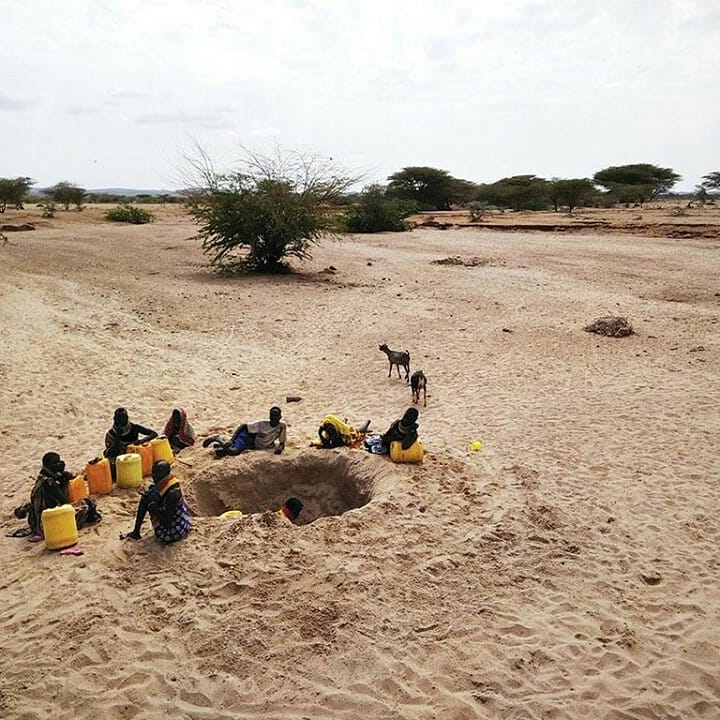
Sustainable Solutions to Water Scarcity
1. Rainwater Harvesting Systems
One of the most effective solutions for water scarcity in ASAL regions is rainwater harvesting. Installing rooftop catchment systems and building dams to store runoff during the rainy season can provide communities with a reliable source of water during dry periods. Although rainwater harvesting is an ancient practice, modern innovations have significantly improved the efficiency and storage capacity of these systems.
2. Boreholes and Solar-Powered Pumps
The use of boreholes and solar-powered pumps offers a sustainable solution to groundwater extraction in ASAL regions. By tapping into underground aquifers, communities can access water year-round. Solar-powered pumps provide a cost-effective and environmentally friendly means of drawing water, reducing reliance on expensive and unreliable diesel-powered systems.
3. Desalination of Brackish Water
In areas where freshwater is scarce, but brackish water is available, desalination offers a viable solution. New technologies are making desalination more affordable and accessible, even for remote ASAL communities. While still relatively rare in Kenya, pilot projects in desalination could pave the way for wider adoption, especially in coastal ASAL regions where saline water is abundant.
4. Community-Led Water Management
Empowering local communities to take charge of water management is key to ensuring the sustainability of water projects. Organizations like Maji na Ufanisi (MnU) focus on building the capacity of local communities to manage water resources efficiently. This includes training in water conservation, sanitation practices, and maintenance of water infrastructure.
5. Reforestation and Agroforestry
Reforestation and agroforestry initiatives can help mitigate the effects of climate change by restoring ecosystems and increasing water retention in soils. Planting drought-resistant trees and shrubs can help to prevent soil erosion and enhance the water cycle, making more water available for human consumption and agriculture.
6. Policy and Advocacy Efforts
Addressing water scarcity in ASAL regions also requires strong policy frameworks and advocacy efforts. Kenya’s Water Act of 2016 recognizes the right of every citizen to access clean and safe water. However, implementation has been slow, particularly in ASAL regions. Advocating for better resource allocation, stricter regulation of water usage, and more comprehensive climate adaptation strategies is essential.
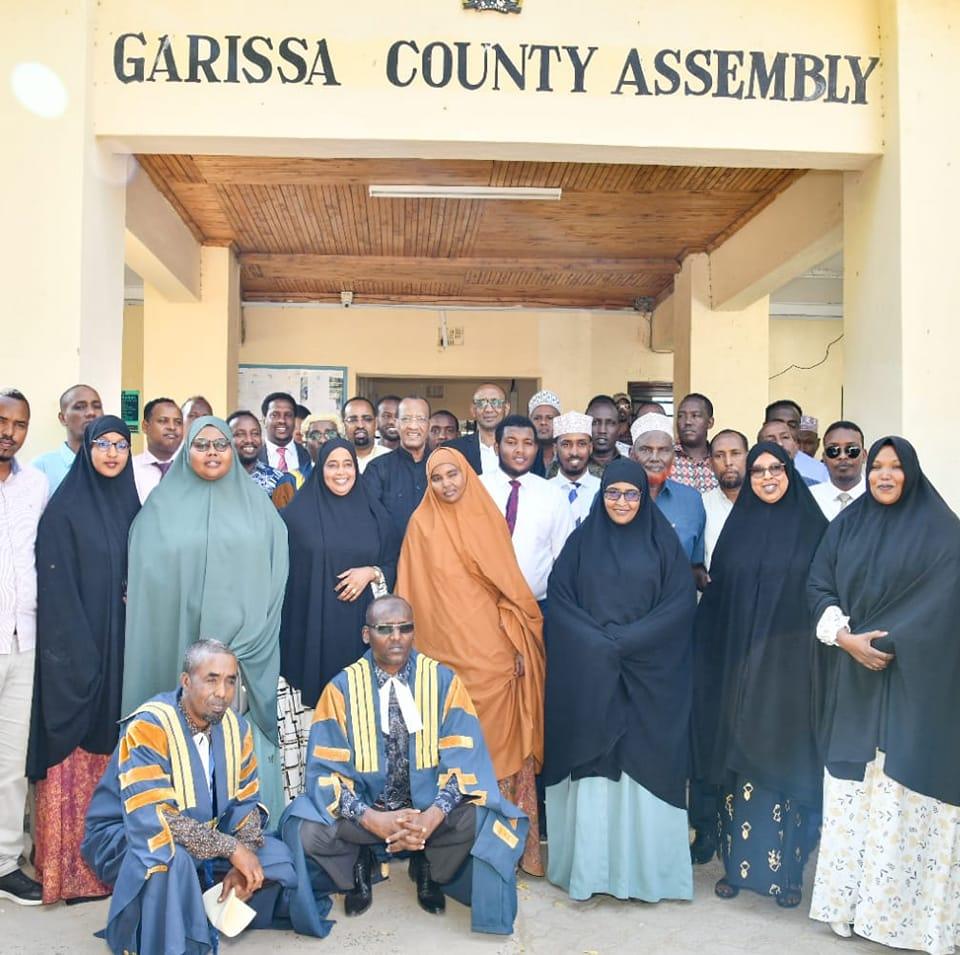
How Maji na Ufanisi (MnU) is Helping
Maji na Ufanisi has been at the forefront of tackling water scarcity challenges in Kenya’s ASAL regions. Through their WASH (Water, Sanitation, and Hygiene) programs, MnU provides sustainable water solutions to the most disadvantaged communities. Their interventions include:
- Installing solar-powered water pumps in remote areas to ensure consistent water supply.
- Building water storage facilities to harvest and store rainwater.
- Training local communities in sustainable water management practices.
- Engaging in policy advocacy to push for improved water governance at both national and county levels.
MnU’s approach combines practical solutions with community empowerment, ensuring that water projects are not only successful but also sustainable.
Conclusion
Water scarcity in Kenya’s ASAL regions presents a significant challenge, but sustainable solutions are within reach. Through a combination of rainwater harvesting, boreholes, desalination, and community-led water management, it is possible to secure a reliable water supply for these arid regions. Organizations like Maji na Ufanisi are leading the way, providing innovative and lasting solutions to ensure that even the most vulnerable populations have access to this essential resource.
FAQs
1. What causes water scarcity in Kenya’s ASAL regions?
Water scarcity in ASAL regions is caused by factors such as climate change, insufficient rainfall, population growth, poor water infrastructure, and over-reliance on limited water sources.
2. How is climate change affecting water availability in ASAL areas?
Climate change is increasing the frequency and severity of droughts, disrupting rainfall patterns, and reducing the availability of water in rivers, lakes, and underground aquifers.
3. What are the social impacts of water scarcity?
Water scarcity leads to health problems due to the use of contaminated water, loss of livelihoods for communities reliant on livestock, and increased conflicts over limited water resources.
4. How can rainwater harvesting help address water scarcity?
Rainwater harvesting systems collect and store rainwater for use during dry periods, providing a reliable source of water in areas with unpredictable rainfall.
5. What role do boreholes play in providing water in ASAL regions?
Boreholes tap into underground aquifers, providing a year-round source of water. When combined with solar-powered pumps, they offer a sustainable water solution for remote communities.
6. Are there any ongoing desalination projects in Kenya?
While desalination is still in its early stages in Kenya, pilot projects are exploring its potential in coastal ASAL regions where brackish water is available.
7. How does MnU help communities manage water resources?
MnU empowers local communities by providing training on water conservation, sanitation, and the maintenance of water infrastructure to ensure sustainable water management.
8. What is the Water Act of 2016, and how does it impact ASAL regions?
The Water Act of 2016 enshrines the right to clean and safe water for all citizens. However, implementation in ASAL regions has been slow, and advocacy is needed to push for better resource allocation.
9. What are the environmental benefits of reforestation in ASAL areas?
Reforestation helps prevent soil erosion, increases water retention in the soil, and restores ecosystems, all of which are critical for addressing water scarcity.
10. How can individuals contribute to addressing water scarcity in Kenya?
Individuals can contribute by supporting organizations like MnU, advocating for stronger water policies, practicing water conservation, and raising awareness about the importance of sustainable water management.

